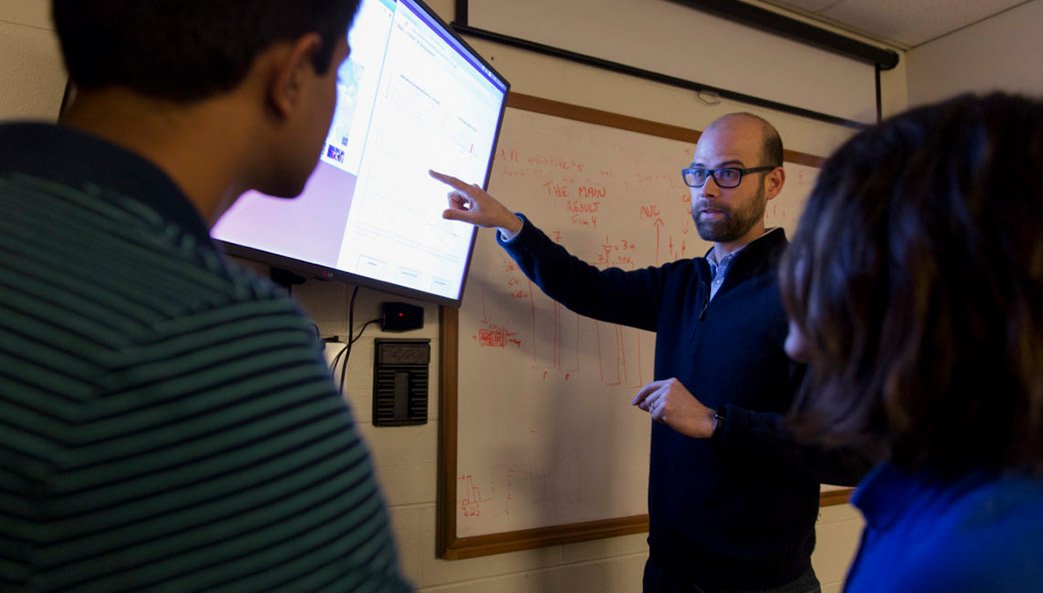UGA ecologists have created a mathematical model that analyzes statistical patterns in public health reports to identify when a population is approaching an epidemic threshold—the point at which a disease outbreak is possible.
“Currently the state of the art is to just have very rapid detection once disease emergence occurs,” says Eamon O’Dea, a postdoctoral researcher in the Odum School of Ecology and Center for the Ecology of Infectious Diseases at the university.
The crux of the approach is to quantify the “critical slowing down” that occurs as a system approaches a tipping point—a threshold beyond which it will undergo drastic and potentially irreversible change. O’Dea cautioned that the team still needs to empirically validate its model before it’s ready for routine use.
“When you’re analyzing infectious disease data, if you see an upward trend in the number of cases, it’s hard to tell if it’s due to increased reporting rates or if there’s actually more transmission going on,” says O’Dea. “It’s nice to have some way of disentangling those two, which the slowing down approach lets you do.”
This brief appeared in the fall 2018 issue of Research Magazine. The original press release is available at https://news.uga.edu/scientists-a-step-closer-to-predicting-epidemics/.






